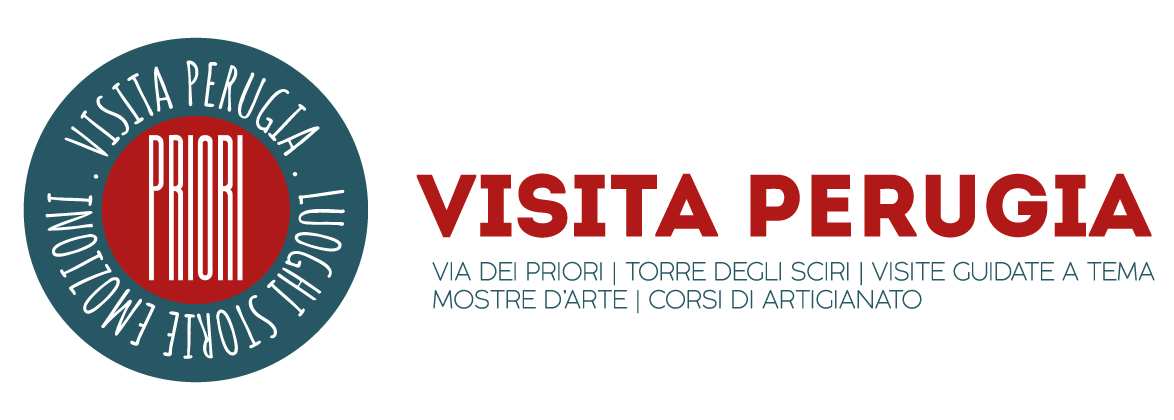San Francesco al Prato
La Chiesa di San Francesco al Prato è stata costruita a partire dal 1251 ed è considerata la prima chiesa francescana dopo quella madre dell’ordine ad Assisi. La sua importanza è stata amplificata dalla presenza delle spoglie del beato Egidio (1190-1262). Nel corso degli anni, la chiesa è stata danneggiata dal crollo delle volte causato dai movimenti franosi della collina, rimanendo per un periodo senza tetto. Gli altari e le cappelle sono andati perduti, ma la facciata policroma è stata restaurata nel 1926 dall’architetto Pietro Angelini. La Chiesa di San Francesco al Prato ha avuto un ruolo significativo nella storia della città, ospitando opere d’arte di grande valore. Tra queste, la Pala Baglioni, oggi nella Galleria Borghese, l’Incoronazione della Vergine nota come Pala degli Oddi di Raffaello, ora nella Pinacoteca Vaticana, e la Resurrezione del Perugino, conservata anch’essa in Vaticano. Era anche conosciuta come il Pantheon di Perugia, poiché le principali famiglie cittadine avevano le loro tombe all’interno, insieme a capitani, giuristi e letterati che avevano contribuito all’arricchimento della città di Perugia con le loro attività. Il complesso di San Francesco al Prato è uno dei monumenti di maggior prestigio di Perugia ed è considerato una delle sue più belle attrazioni. L’adiacente convento, come molte altre strutture religiose, è stato secolarizzato dopo l’unità d’Italia ed è attualmente la sede dell’Accademia di Belle Arti “Pietro Vannucci” e del suo museo, chiamato Musa. Attualmente, l’edificio è stato restaurato e trasformato in un auditorium e centro congressi che ospita eventi musicali, teatrali, spettacoli e congressi, con una capacità totale di 512 posti a sedere.
Oratorio di San Bernardino
L’Oratorio di San Bernardino è stato edificato in onore di Bernardino da Siena, che spesso in città predicava proprio nella piazza davanti alla basilica francescana, venne completato nel 1452. La struttura è semplice a capanna con portale gemino e si scorge accanto alla chiesa di San Francesco al Prato. L’Oratorio è noto per la facciata coperta dai bassorilievi policromi di Agostino di Duccio, eseguiti tra 1457-1461 che ne fanno uno dei più significativi esempi di arte rinascimentale a Perugia.
San Francesco al Prato
The Church of San Francesco al Prato was built starting from 1251 and is considered the first Franciscan church after the order’s main one in Assisi. Its importance has grown due to the presence of the remains of Blessed Giles of Assisi (1190-1262). Over the years, the church has been damaged by the collapse of the vaults caused by the landslides of the hill, leaving it without a roof for some time. The altars and chapels have been lost, but the polychrome facade was restored in 1926 by the architect Pietro Angelini. The Church of San Francesco al Prato has played a significant role in the history of the city, hosting art works of great value. Among these, the Baglioni Altarpiece (more commonly known as The Deposition) by Raphael, now in the Borghese Gallery, the Coronation of the Virgin known as the Oddi Altarpiece by Raphael, now in the Vatican Pinacoteca, and Perugino’s Resurrection, also kept in the Vatican. The church was also known as the Pantheon of Perugia since the main city families had their tombs inside, together with captains, jurists and academics who had contributed to the enrichment of the city of Perugia with their activities. The complex of San Francesco al Prato is one of the most prestigious monuments in Perugia and is considered one of the city’s most beautiful attractions. The adjacent convent, like many other religious structures, was secularized after the unification of Italy and is currently the headquarters of the “Pietro Vannucci” Academy of Fine Arts and its museum, called Musa. Currently, the building has been restored and transformed into an auditorium and congress center that hosts musical events, theater shows and conferences, with a total capacity of 512 seats.
Oratory of San Bernardino
The Oratory of San Bernardino was built in honor of Bernardino of Siena, who often preached in the city right in the square in front of the Franciscan Basilica; the oratory was completed in 1452. It has a simple gabled structure with a twin portal and it is located next to the church of San Francesco al Prato. The Oratory is known for the facade covered by polychrome bas-reliefs by Agostino di Duccio, executed between 1457-1461 which make it one of the most significant examples of Renaissance art in Perugi

